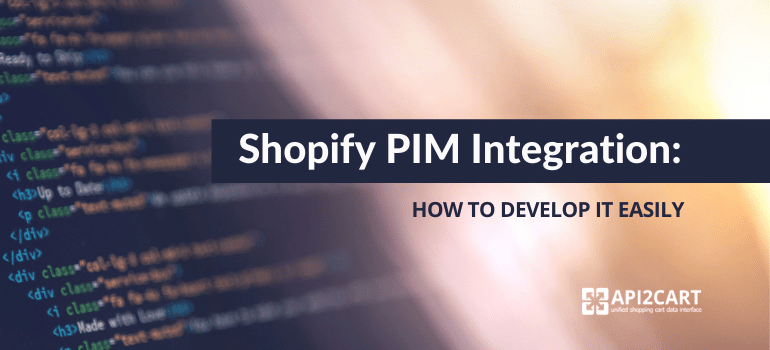
Today, customers have a plethora of choices of where to buy a product. In an effort to meet the expectations of demanding consumers, retailers need to devise new strategies and ways to enhance customer engagement.
Research findings, published by FDIH (Danish Ecommerce Association), indicate that 81% of shoppers will leave a web-shop with inadequate product information. Therefore, it’s never been more crucial to deliver rich and accurate product information to the right place, at the right time.
Product information management system, or PIM software for short, is a solution for retailers to organise and manage product data across multiple channels. However, not everyone fully understands what it really means and what benefits it brings for retailers.
What is a PIM system?
A product information management software provides a single place to create, manage, store, and distribute product data seamlessly to every sales channel. The system contains all the tools needed to gather and edit content, build catalog structures, share product information across multiple systems.
How PIM software can help retailers?
Here are the main cases when PIM can be handy for companies that deal with selling products:
- The number of products is so high that it becomes difficult to manage it
When the company grows, there appear hundreds or thousands of products that need to be properly managed. It is much efficient to contain and manage all product information such as name, description, price and physical characteristics in a single, trusted location.
With a suitable PIM solution, all product data is centralized and organized. Having one master location also helps to ensure information is accurate and that there aren’t many repositories with conflicting information.
- A lot of time is spent on double or multiple data entry
With just one central interface provided by PIM software, retailers can add and update all the needed product info. The product information goes automatically to other systems, so they save their time focusing on other important tasks relevant to their businesses.
- The company has multiple channels to distribute product information
More sales outlets are important for retailers as customers have more chances to buy from them. However, when the number of channels product data is shared and delivered expands, managing that information effectively becomes often critical.
Product information management system allows consolidating product information in one centralized place, delivering accurate data to all sales channels. Therefore, a customer’s experience can be greatly improved.
Shopping Cart Integration with Product Information Management Systems
As the data is stored on different shopping platform, for you as a product information management software provider integrations with those platforms are crucial. However, developing integration with each separate eCommerce platform is a painful process due to a number of reasons:
- developing integration requires extensive expertise and qualification from developers;
- each shopping platform is uniquely complicated. When one integration model fits one platform, it doesn’t mean it would work for another;
- integration requires significant efforts, as well as money and time investments
It may take a month and a few thousands of dollars to establish only one connection, not even to mention its further updating and upkeep.
Luckily, there is a way to integrate with shopping platforms much easier and with less resources spent on it. Using a unified API provided by API2Cart, your system can get connected to the leading eCommerce platforms such as Magento, WooCommerce, Lightspeed, Shopify, Prestashop, Hybris, osCommerce, Ecwid, Salesforce Commerce Cloud and many other at once. You will be able to retrieve, update and sync all the information you need, including products, customers details, orders, categories, and many others.
Find out more on what it takes to make your Product information management software to retrieve and add data from customers’ stores seamlessly (which are based on different shopping carts and marketplaces) in this guide.



